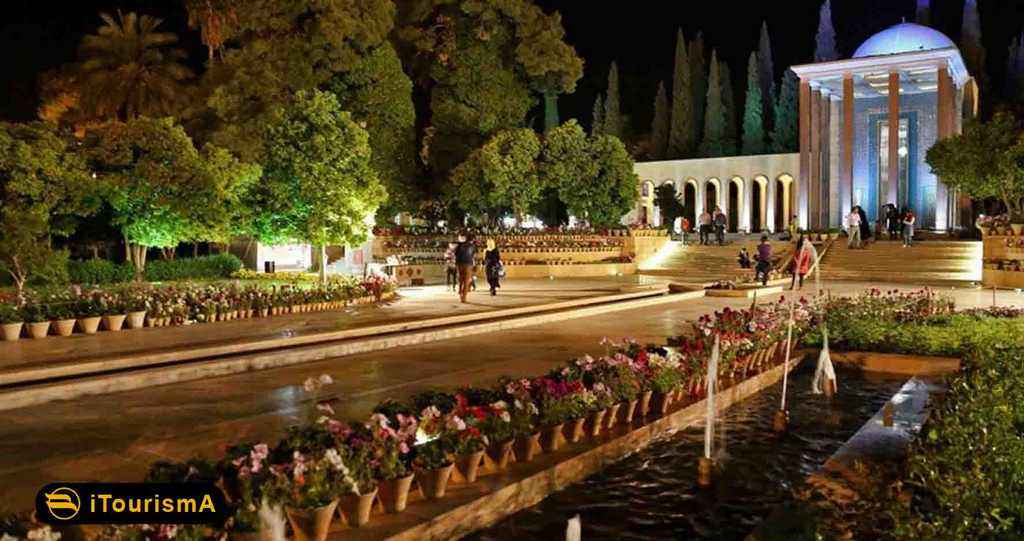Nowruz
Nowruz is the Persian, or Iranian, spring celebration of the New Year. It’s the most important festival of the year in Iran, and it’s a public holiday there and in Kazakhstan, Azerbaijan, Afghanistan, Albania and other countries in South and Central Asia. It begins at the exact day, hour and minute of the spring equinox, when night and day are of equal length. This is usually on 21 March. It’s the day when winter changes into spring, and it feels like a new beginning. People prepare for Nowruz by cleaning the whole house, and everyone in the family helps out. Carpets, windows and curtains are cleaned. Anything broken is repaired or replaced. Silverware is polished. The house is decorated with flowers. By doing this spring cleaning, people wash away the bad things from the previous year and prepare for better things to come in the New Year. They also put on brand new clothes to symbolize a fresh start. After thousands of years in the making, Nowruz remains too beloved, universal, and deeply embedded in Persian culture to ignore.

Persians celebrate around a special table in their house. It’s called the haft-seen, which means “seven Ss”. On it, there are seven special objects, all of which begin with letter “s” sound in the Farsi language and which symbolize something. There are actually more than seven, but here are some of the most common.
Sabzeh: Some kind of sprout or grass that will continue to grow in the weeks leading up to the holiday, for rebirth and renewal
Senjed: Dried fruit, ideally a sweet fruit from a lotus tree, for love
Sib: Apples, for beauty and health
Seer: Garlic, for medicine and taking care of oneself
Samanu: A sweet pudding, for wealth and fertility
Serkeh: Vinegar, for the patience and wisdom that comes with aging
Sumac: A Persian spice made from crushed sour red berries, for the sunrise of a new day.
While these seven S items are the foundation of a haft-seen, the tradition has evolved to the point where there are several other things you can include. For example, It can be included a mirror symbolizing reflection, colored eggs for fertility, coins for prosperity, and, if we were feeling ambitious, a live goldfish for new life.







 iTourismA
iTourismA iTourismA
iTourismA